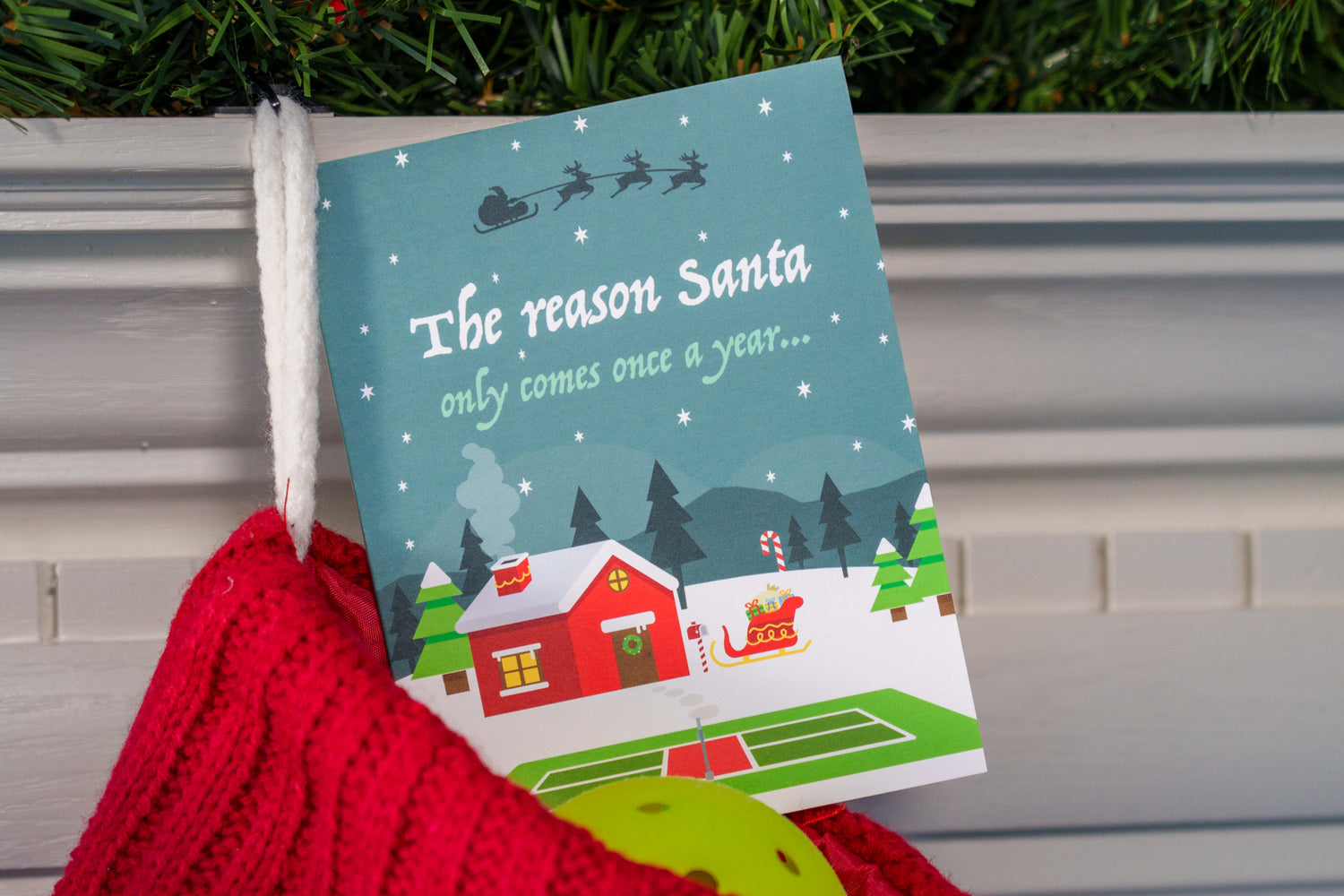Published January 22, 2024
5 Major Difference Between Indoor and Outdoor Pickleballs

1. Material Composition:
- Indoor Pickleballs: Indoor pickleballs are typically crafted from softer materials like plastic or foam. The softer composition is designed to minimize noise and reduce the impact on indoor surfaces like gymnasium floors. The softer material also helps control the ball's bounce on smooth indoor courts.
- Outdoor Pickleballs: Outdoor pickleballs, on the other hand, are made from harder, more durable materials like hard plastic. This sturdier construction enables them to withstand the wear and tear associated with outdoor play, including exposure to various weather conditions.
2. Weight and Dimensions:
- Indoor Pickleballs: Indoor balls are generally lighter compared to outdoor balls. They typically weigh around 0.81 ounces (23 grams) and have a diameter of 2.87 to 2.97 inches (73 to 75.5 mm). The lighter weight aids in slower play, which is ideal for indoor conditions.
- Outdoor Pickleballs: Outdoor balls are heavier, weighing around 0.92 to 0.94 ounces (26 to 26.7 grams), with a diameter of 2.87 to 2.97 inches (73 to 75.5 mm). The additional weight helps the ball withstand windy conditions and harder playing surfaces.
3. Number of Holes:
- Indoor Pickleballs: Indoor balls usually have 26 to 40 larger holes. These larger holes slow down the ball, making it easier to control.
- Outdoor Pickleballs: These balls have 40 smaller, evenly distributed holes. The smaller holes help the ball travel faster and straighter, providing a more consistent flight path in outdoor conditions.
4. Surface Interaction:
- Indoor Pickleballs: The softer nature of indoor pickleballs allows for better control and precision on indoor surfaces. The reduced bounce ensures that the ball stays low, making rallies more manageable and strategic.
- Outdoor Pickleballs: Outdoor pickleballs are engineered for resilience on rougher outdoor courts. Their harder composition helps them endure the impact of the uneven surfaces and still maintain a consistent bounce. The increased bounce can alter the pace of the game, requiring players to adjust their strategies accordingly.
5. Weather Resistance:
- Indoor Pickleballs: Indoor pickleballs are not designed to withstand exposure to the elements. Moisture or extreme temperatures can adversely affect their performance, making them unsuitable for outdoor use.
- Outdoor Pickleballs: Outdoor pickleballs are crafted to endure various weather conditions. Rain or shine, these balls maintain their integrity, ensuring a consistent playing experience in outdoor environments.
Choosing between indoor and outdoor pickleballs ultimately comes down to the playing environment and personal preference. Indoor environments typically have less air resistance and no wind, which affects how the ball moves. The larger holes and lighter weight of indoor balls help to compensate for this by reducing the ball’s speed and bounce, making the game more about precision and strategy.
Outdoor play often involves factors like wind and varied surface textures, which can impact the ball’s movement. The heavier weight and smaller holes in outdoor balls are designed to offer better performance in these variable conditions, ensuring the ball remains stable and predictable during play.
Understanding the distinctions between indoor and outdoor pickleballs empowers players to make informed choices that enhance their overall pickleball experience. So, whether you prefer the controlled finesse of indoor play or the rugged resilience of the outdoors, the right pickleball awaits you on the court.
For more information, strategies and tips on pickleball be sure to check out USA Pickleball, The International Pickleball Federation, and the Pro Pickleball Registry!
~
Looking for more insightful pickleball tips and strategies? Or perhaps the perfect pickleball gift?
Be sure to explore our other blog posts for everything from beginner's guides to advanced techniques. And don't forget to check out our top-rated pickleball gifts, perfect for players of all types, both on and off the court!



